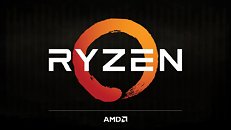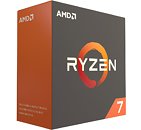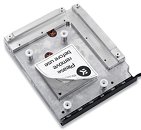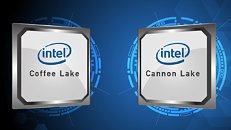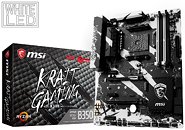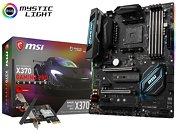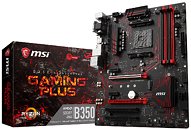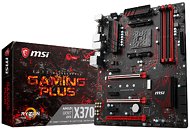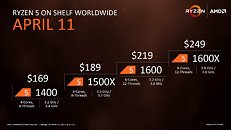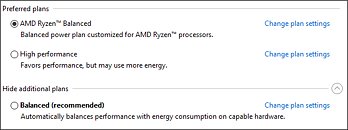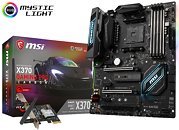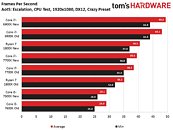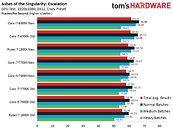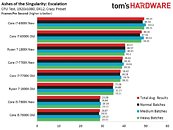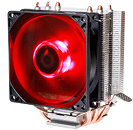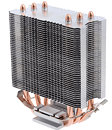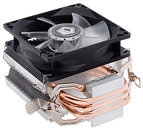
AMD Releases Chipset Drivers 17.10 WHQL with Ryzen Balanced Power Plan
AMD today released its latest platform core-logic (chipset) drivers for Windows 10, 8.1, and 7. The new version 17.10 WHQL chipset drivers are particularly important for AMD Ryzen platform users, as it installs a new Windows power-management plan called "Ryzen Balanced Power." This plan is better than the "Balanced" power plan Windows ships with, in that it hands over more power-management from the OS over to the silicon-level SenseMI power-management logic of Ryzen processors, which has more fine-grained voltage and clock-gating over cores, and which would otherwise cause latency issues with OS-level power-management using P-state triggers. The power plan is detailed at length in our older article. The power-plan is installed on machines with AMD A320, B350, and X370 chipsets. Grab the drivers from the link below.DOWNLOAD: AMD Chipset Drivers 17.10

